Here is the opening sentence of Karl Ove Knausgaard’s meditation on beds.:
With its four legs and its flat, soft surface, the bed gently accommodates one of our most basic needs: it is good to lie down in bed, and it is good to sleep in them through the night.
Well, you learn something every day.
Actually you do, if you are very young, or at least you are meant to. For this is one of Knausgaard’s letters to his unborn daughter, and he’s written one book for each season, 20 letters per month, for her to be able to see the world, or for Knausgaard to see it again, anew. It is a mission freighted with honourable intent.
He writes on subjects that are dear to an infant’s heart: beds (as we have seen), but also daguerreotypes, Flaubert, thermos flasks, August Sander (you may well ask. German photographer, very good, not well known over here). Also: wasps, labia, lice, teeth, and the sun. Among others. You get the idea. Anything he fancies, really.
For some people it is difficult to find the right tone when speaking to children. On the one hand, they resent being talked down to. On the other, you have to make allowances for their smaller frame of reference. Knausgaard, it has to be said, manages, for the adult reader at least, to get things exactly wrong, quite a lot of the time. (The adult reader is the one he needs to worry about because children, even the ones who have made it out of the womb, do not have £16.99, or the Norwegian equivalent, to spend on books like this and, besides, have other claims on their attention.)
So when we read, in his essay on chewing gum, that it usually comes in two forms, either as small pillow-shaped pellets or as flat oblong sticks, we may feel a certain impatience. The child, on the other hand, may be mystified by an airy reference to Montaigne, Shakespeare and Cervantes (who are mentioned because it was during their time that the last war was fought in Sweden, which is where Knausgaard lives).
That said, there are many times when the book is rather charming, and he does succeed in making us look at things a little differently. Wasps, for instance, like miniature Fabergé eggs, or knights dressed for battle. I may have scoffed at his description of the bed, but when he imagines transparent walls, and being able to see everyone else flat out on them, then yes, maybe that is a little spooky.
Then again, for every observation like that you get another one like this:
The mouth is where the sense of taste is located. This is where it is determined whether something tastes good or bad, sour or sweet, salt or bitter. The mouth is also the place where food is mashed together.
I really don’t have the heart to quote any more, even the bit in this passage where he gets to Aristotle. Let me instead add an aperçu of my own, in Knausgaardian style. The brain is where the sense of intelligence is located. This is where it is determined whether a book is worth reading or not, boring or interesting, irritating or illuminating. I have used mine and made my decision.
Got something to add? Join the discussion and comment below.
Get 10 issues for just $10
Subscribe to The Spectator Australia today for the next 10 magazine issues, plus full online access, for just $10.
You might disagree with half of it, but you’ll enjoy reading all of it. Try your first month for free, then just $2 a week for the remainder of your first year.

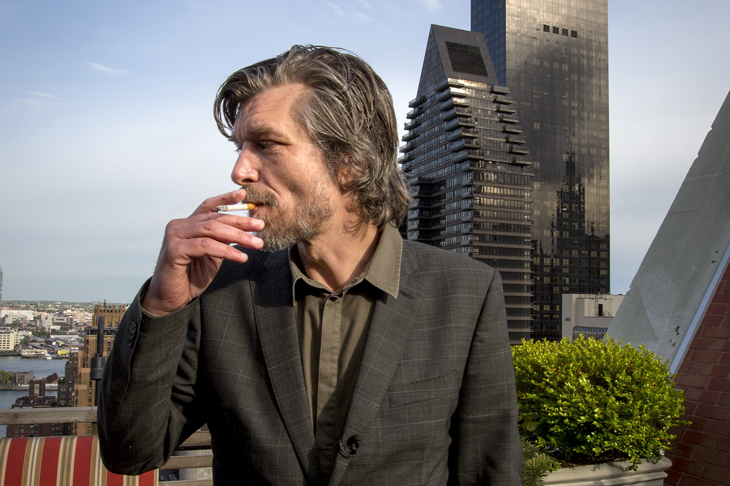
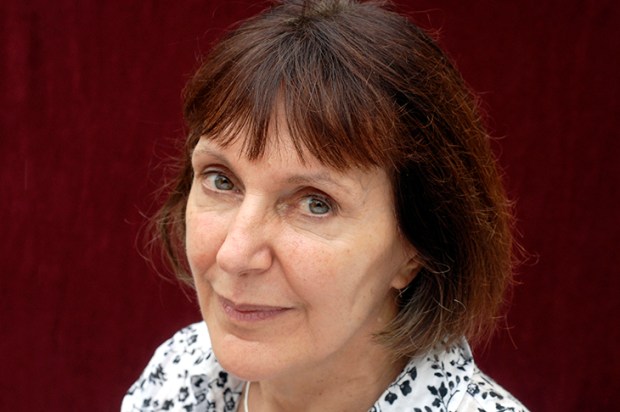
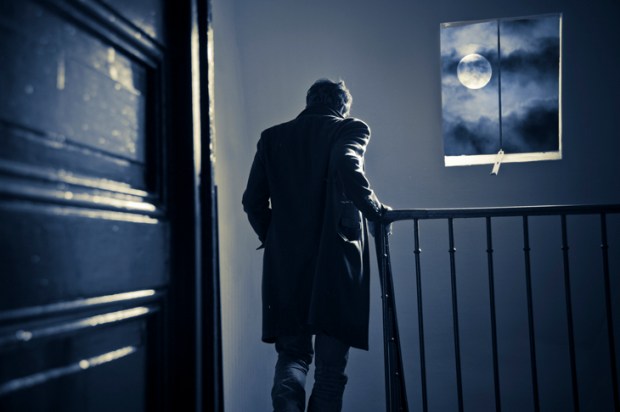
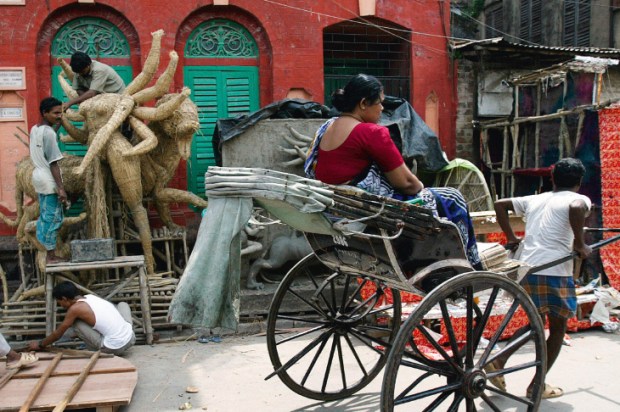

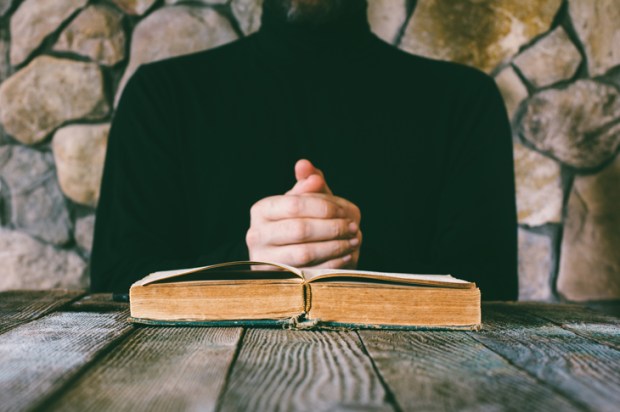
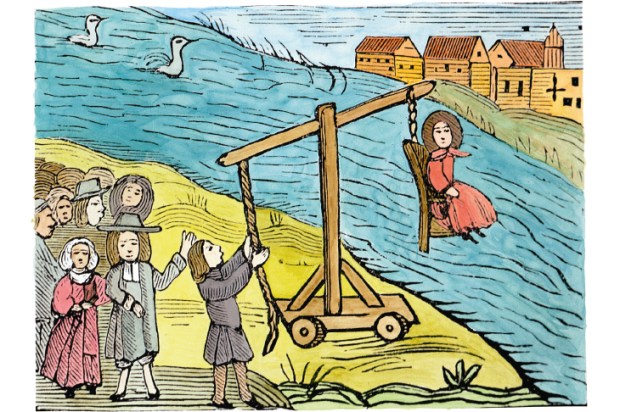






Comments
Don't miss out
Join the conversation with other Spectator Australia readers. Subscribe to leave a comment.
SUBSCRIBEAlready a subscriber? Log in